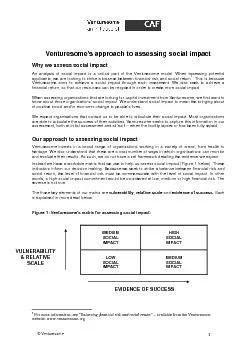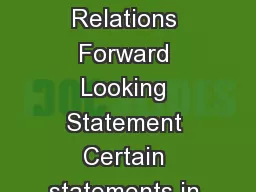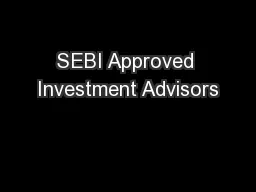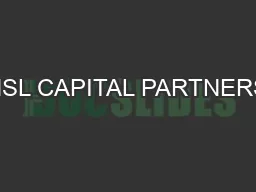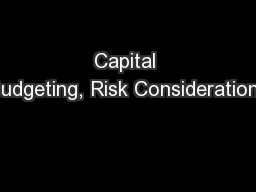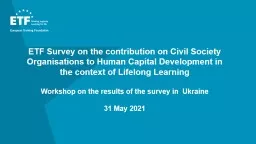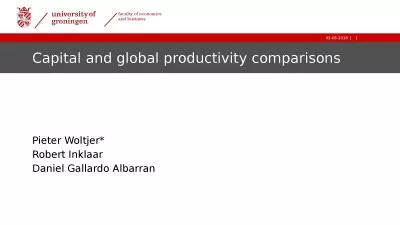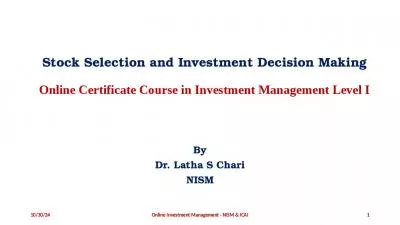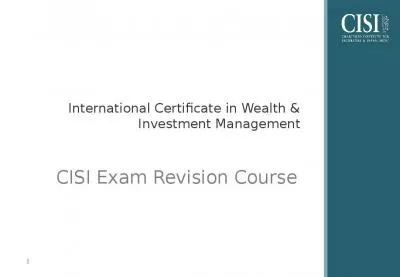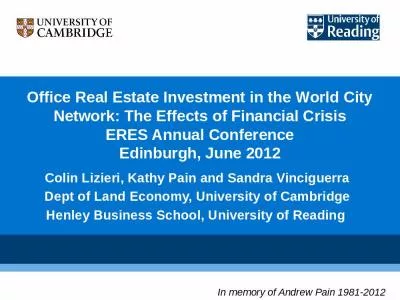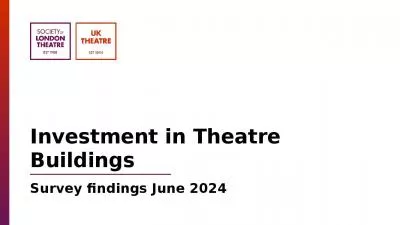PDF-When assessing organisations that are looking for capital investment f
Author : min-jolicoeur | Published Date : 2015-12-02
Our approach to assessing social impact Venturesome invests in a broad range of organisations working in a variety of areas from health to heritage We also understand
Presentation Embed Code
Download Presentation
Download Presentation The PPT/PDF document "When assessing organisations that are lo..." is the property of its rightful owner. Permission is granted to download and print the materials on this website for personal, non-commercial use only, and to display it on your personal computer provided you do not modify the materials and that you retain all copyright notices contained in the materials. By downloading content from our website, you accept the terms of this agreement.
When assessing organisations that are looking for capital investment f: Transcript
Download Rules Of Document
"When assessing organisations that are looking for capital investment f"The content belongs to its owner. You may download and print it for personal use, without modification, and keep all copyright notices. By downloading, you agree to these terms.
Related Documents

